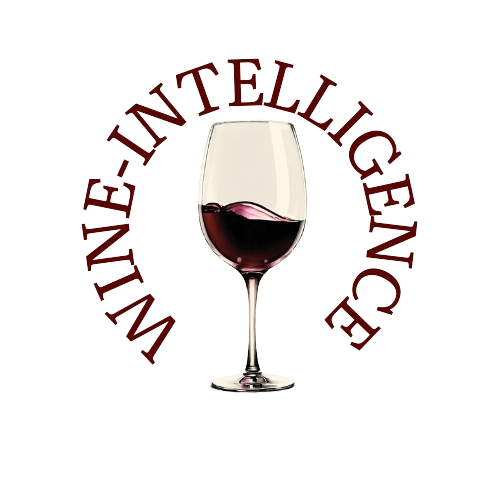For the first time in eight years, Russia has recorded a decline in retail sales of sparkling wines, according to data from the Federal Service for Alcohol Market Control (Rosalkogoltobakkontrol) and the EMISS system, as reported by RBC Vino.
From January to June 2025, sparkling wine sales fell by 3.6%, totaling 9.6 million dal (decaliters). Despite the decline, this still represents the second-highest volume in the last nine years.
This marks a turning point after years of consistent growth. Since 2017, when sales reached 6.3 million dal, the segment has seen annual increases, with notable surges of over 500,000 dal annually since 2022. A record-breaking jump occurred in 2024 with an increase of over 1 million dal.
Still Wine and Liqueur Wine Sales Also Decline
The trend extended beyond sparkling wines. Still wine sales dropped by 1.6% in the first half of 2025, falling to 27.1 million dal. More striking is the decline in liqueur wines, down 12.2%—a segment that had consistently grown since 2017.
A Reflection of Broader Retail Challenges
According to Alexander Stavtsev, Vice President of the Association of Retail Market Experts, these drops are closely tied to broader issues in the Russian retail sector. There’s been a general decline in sales of everyday goods, compounded by the shrinking of the legal alcohol retail network due to local restrictions. Regions such as Vologda have implemented stricter alcohol sale regulations, which further constrain legal sales.
Stavtsev notes that the decline in wine sales is mostly driven by imported products, while Russian-made wines remain relatively unaffected.
Overall, retail sales of alcoholic beverages (excluding fermented drinks) dropped 12.9% in the first half of 2025, totaling 97.3 million dal. With the exception of vodka and liquor-based spirits, all other categories recorded declines.
Spirits: Growth for Some, Decline for Others
In contrast to wine, liquor and vodka products saw a 14.9% increase, reaching 8.6 million dal, while sales of other strong spirits—including whiskey, rum, gin, and tequila—rose by 3.9%, hitting 6.8 million dal.
Andrey Moskovsky, President of Alcopro, attributes this growth to the localization of production. The exit of many foreign companies and rising import costs have boosted domestic brands, which now replace imported whiskey and tequila on many shelves. Price-conscious consumers have started shifting from cognac to whiskey, as their prices have become comparable. Tequila, although still niche, is growing from a low base.
Despite these gains, vodka sales dropped by 5% to 35.1 million dal, returning to 2020 levels. Cognac sales fell 10.5% to 6.1 million dal, below 2023–2024 levels, though still higher than in 2017–2022.
Changing Categories and Labeling Practices
Part of the apparent drop in low-alcohol categories stems from statistical reclassification. According to the Russian Association of Alcohol Market Participants (RATK), some manufacturers of low-alcohol drinks, fruit-based alcohol, and grape drinks without ethanol have relabelled products as fermented beverages, shifting them out of traditional statistics.
Declines were drastic:
- Low-alcohol products: –89.1%
- Fruit alcoholic drinks: –74.6%
- Grape-containing drinks without ethanol: –61.6%
The Rise of the Shadow Market
According to Maxim Chernigovsky, associate professor at the Presidential Academy in St. Petersburg, retail alcohol sales may continue to decline. Rising excise taxes, higher minimum pricing, and import price surges are contributing to a growing shadow market.
Premium foreign brands of whiskey and tequila are now 60–70% less available than pre-crisis levels, and 30–60% more expensive. As a result, consumers are either switching to cheaper local options or reducing consumption altogether.
More concerning is the shift toward illegal alcohol. Chernigovsky notes that up to 20% of consumers are turning to unlicensed "garage" drinks and moonshine. This is supported by a rise in moonshine equipment sales and estimates that the shadow market for strong alcohol exceeds 200 million liters annually.
Although official sales are declining, total alcohol consumption remains stable, albeit increasingly informal and unregulated.
Source: RBC Vino

